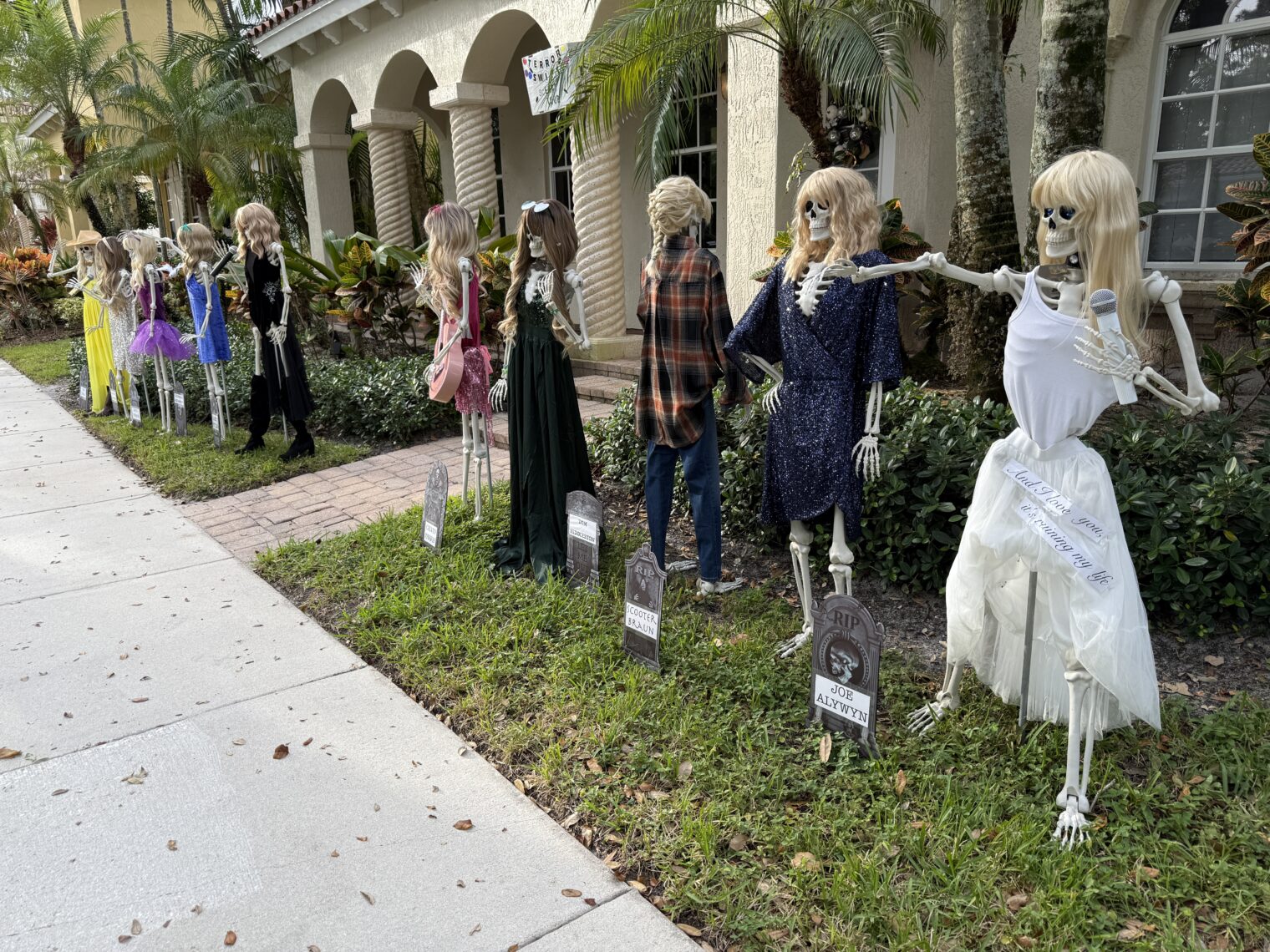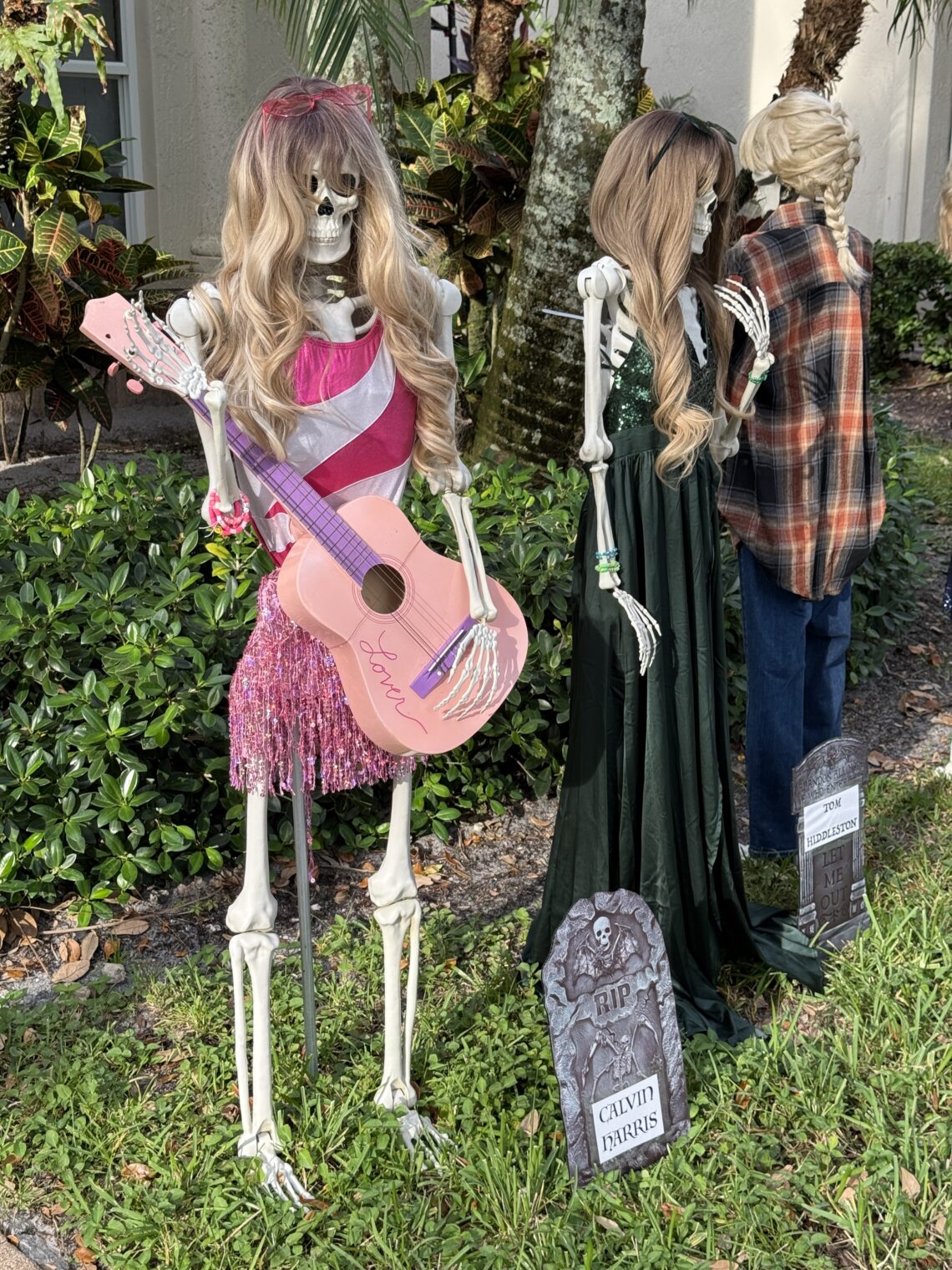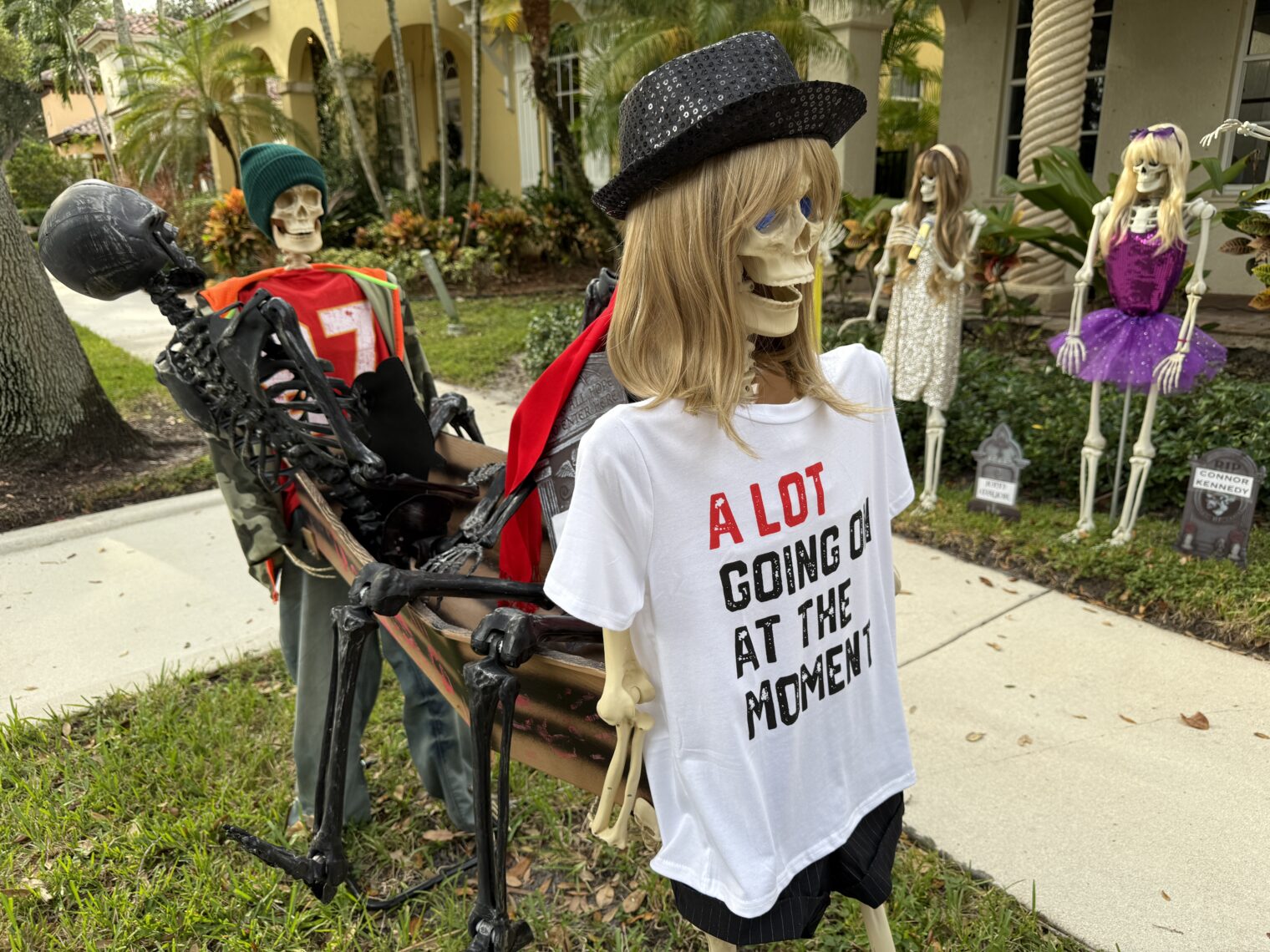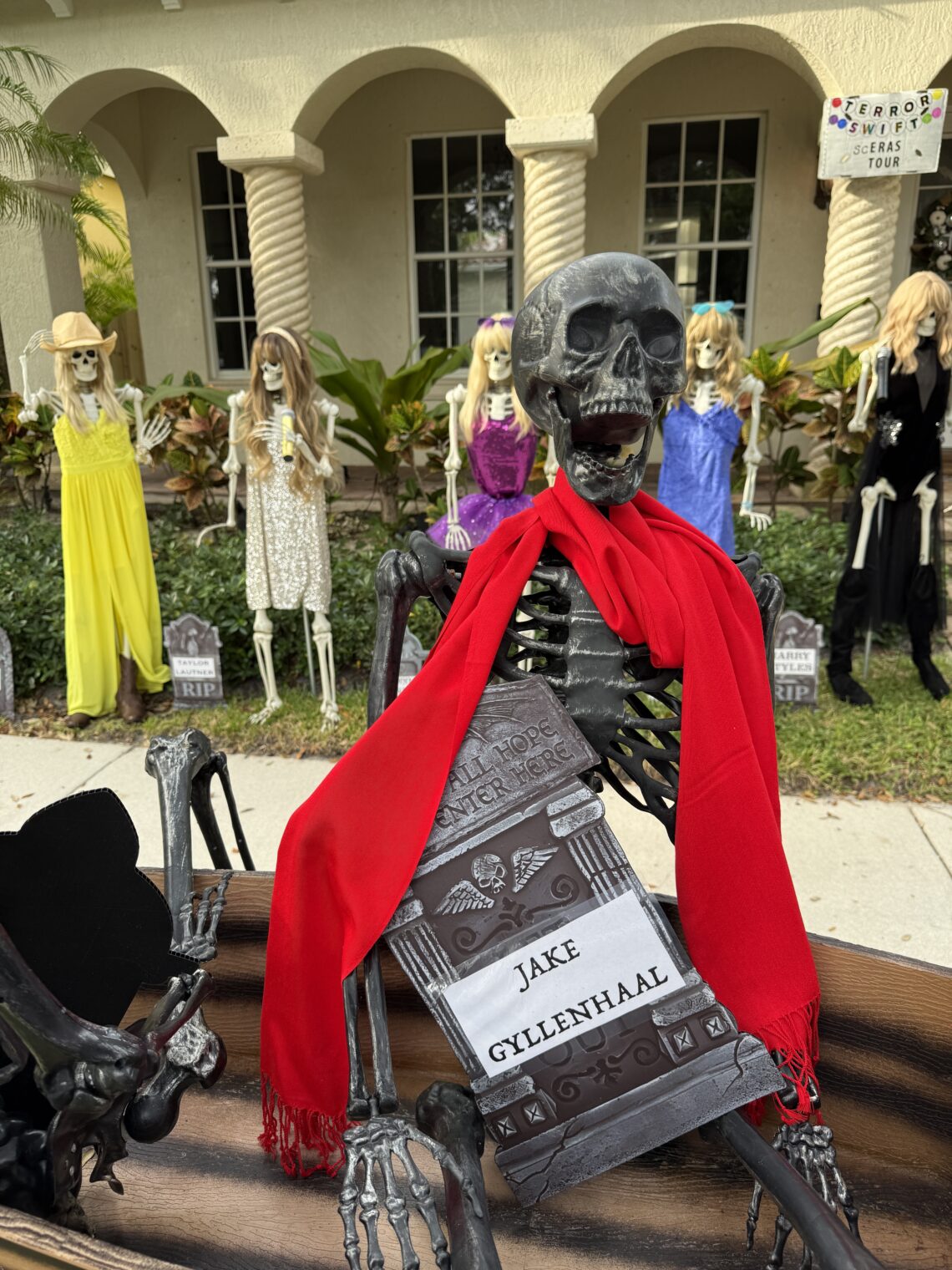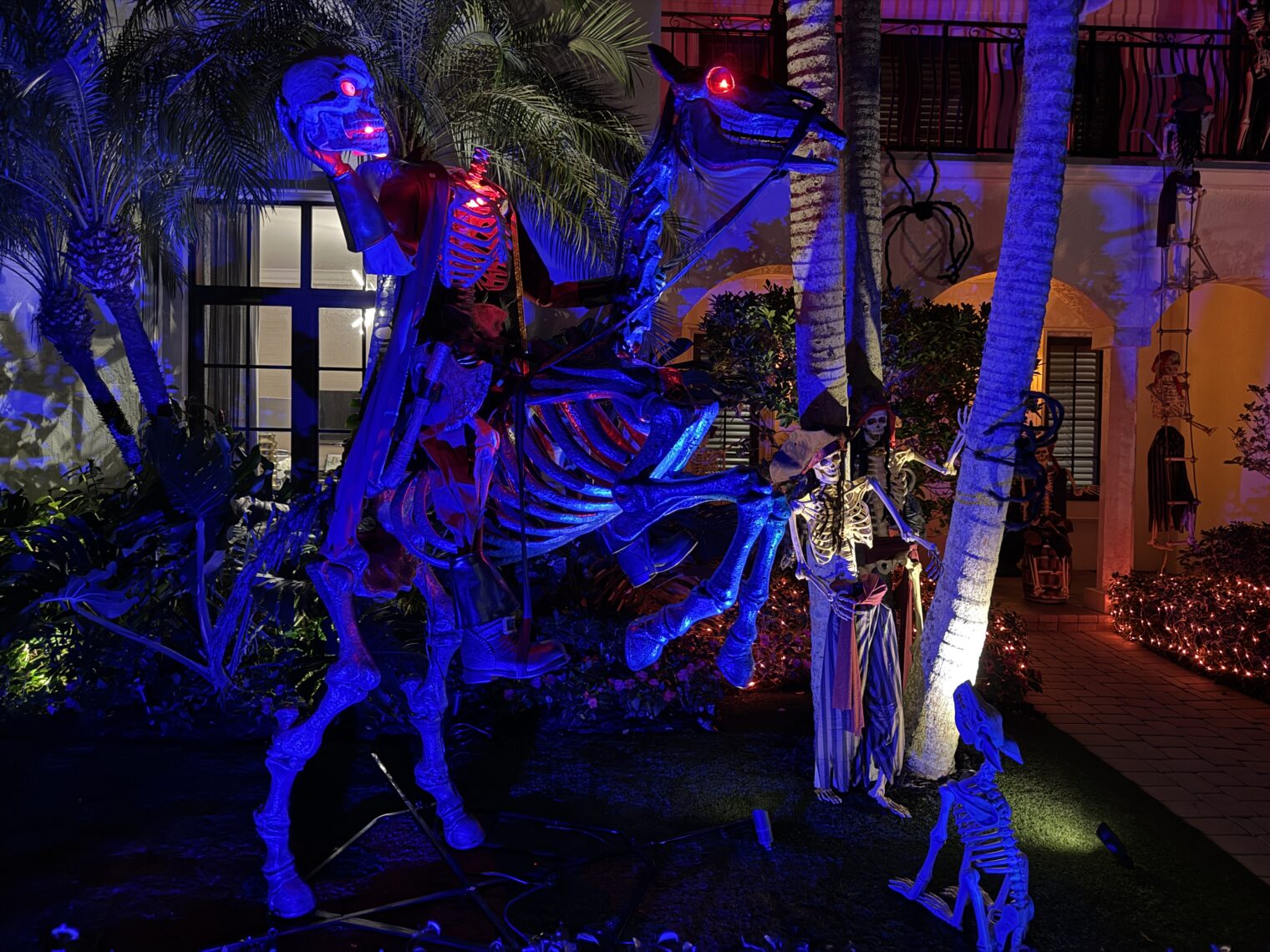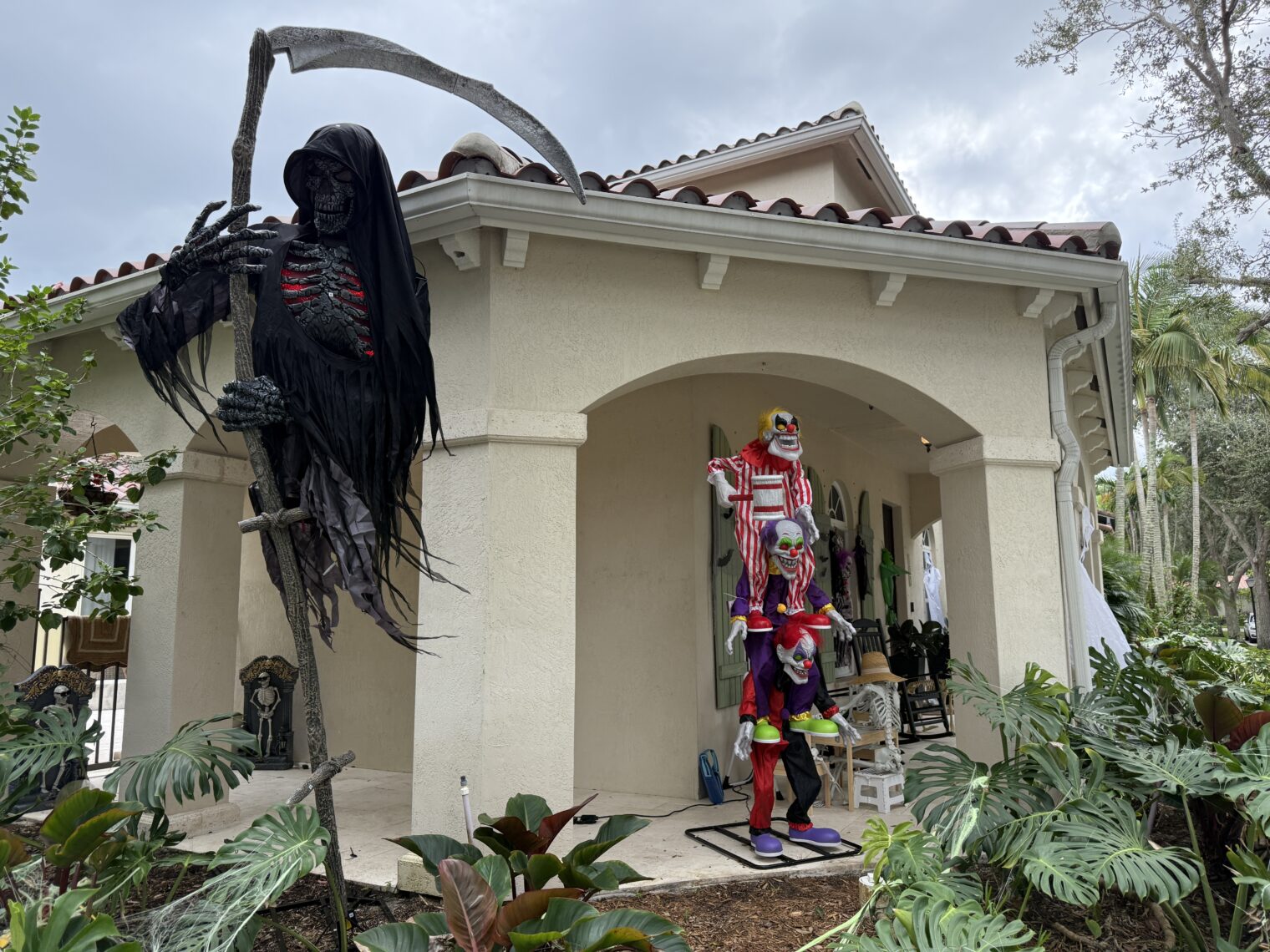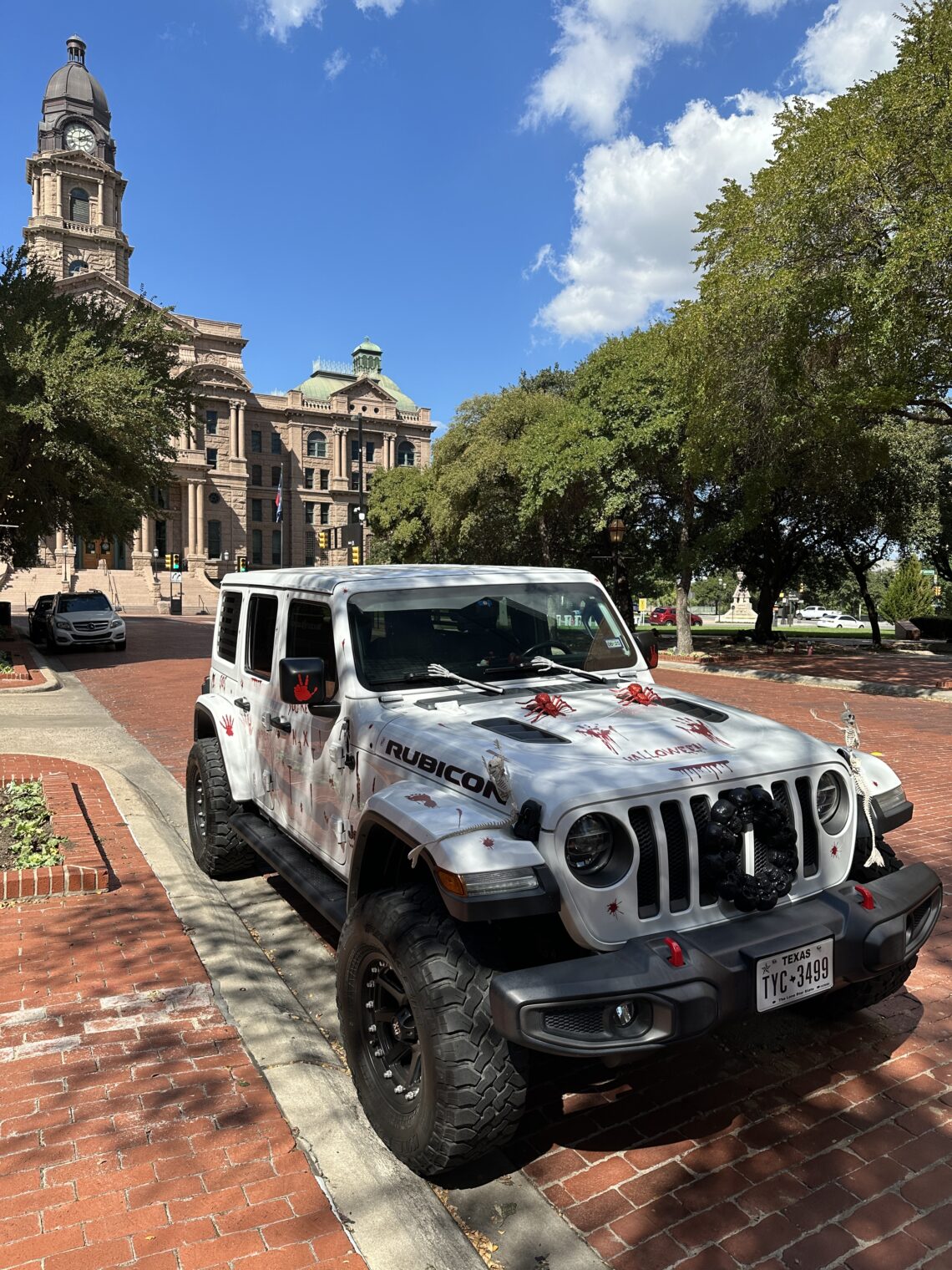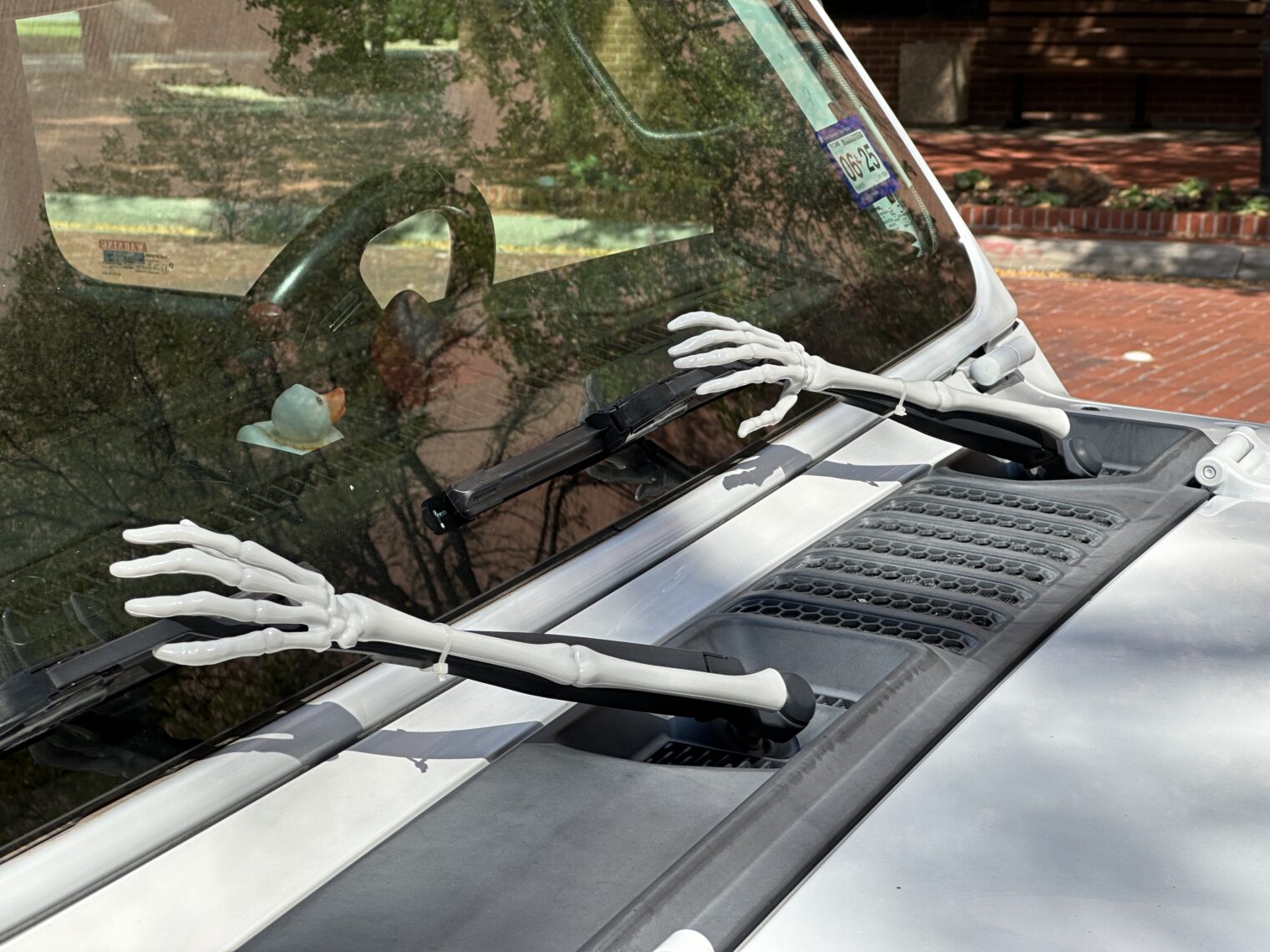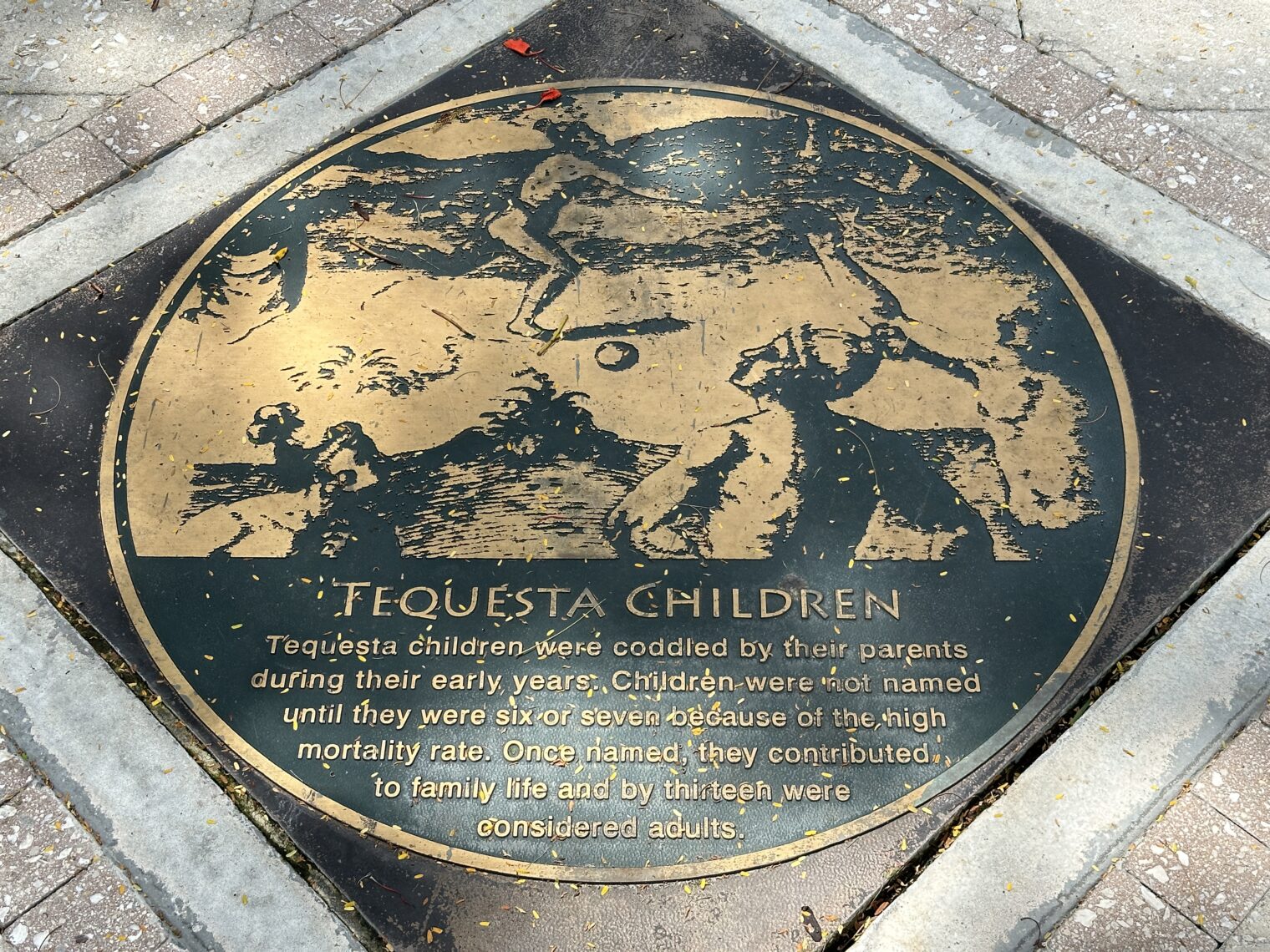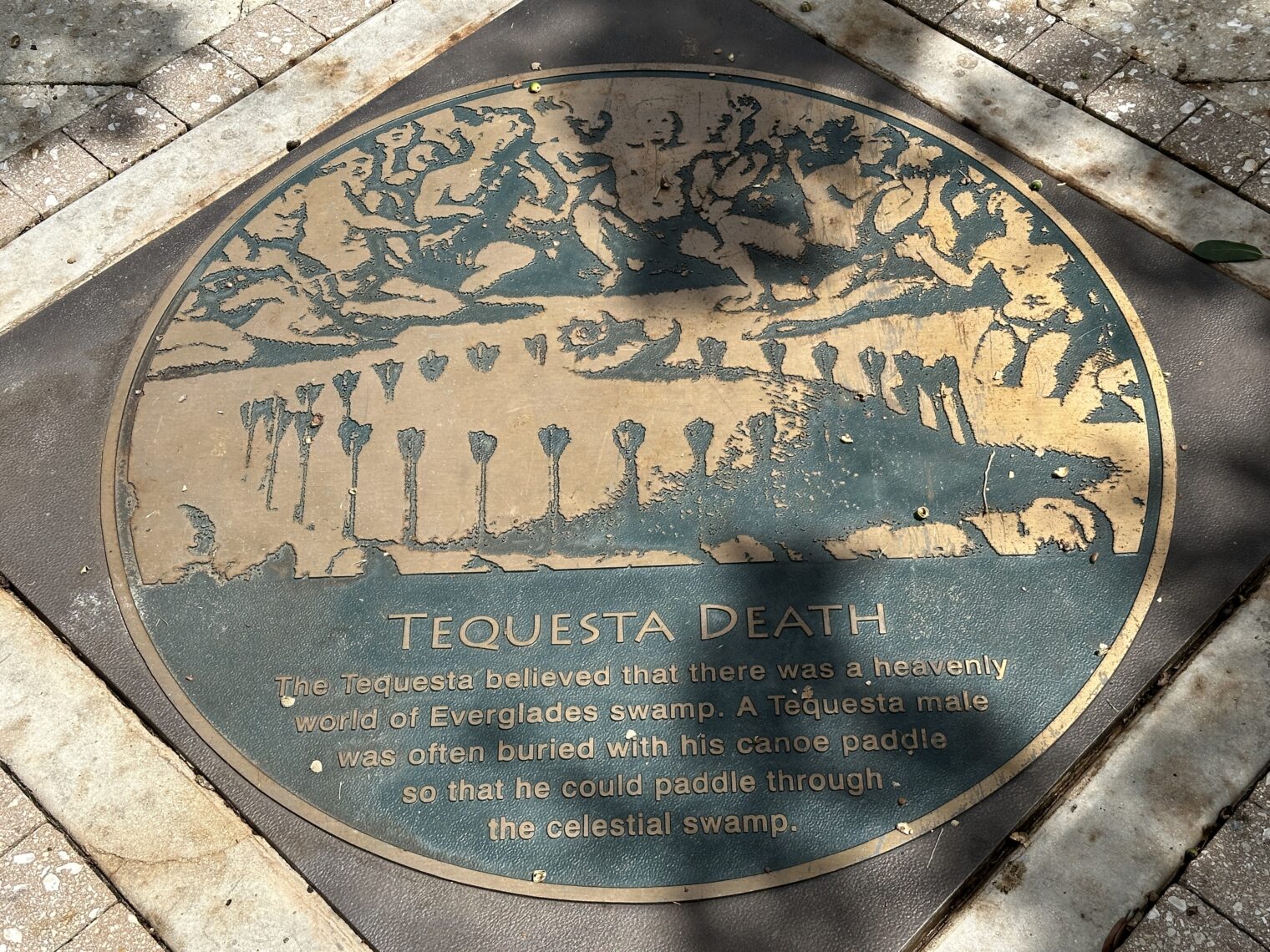The Villages, Florida: Golf Cart Urbanism?
The Villages is very likely the world’s most active “active retirement” community in the world. A friend retired in his 50s (the magic of a U.S. military pension supplemented by work for and retirement package from a U.S. military contractor) to The Villages and showed me around recently. He says that it is home to about 150,000 people and that a percentage of units can be sold to those under 55 so long as they don’t bring under-19 kids with them who need to be educated in local schools. (In addition, the same enterprise is building an adjacent family-oriented community that is intended to house workers.) The Villages are northwest of Orlando (the mouse elite) and southeast of Ocala (the horse elite). It’s just over a one-hour drive to MCO or Disney World.
If you’re a student of New Urbanism you’ll find The Villages to be a twist on the concept. My friend lives in an almost-new house in an almost-new neighborhood. There are no sidewalks. The front of the house is dominated by a 2-car garage door. In these senses, it is the opposite of our New Urbanism neighborhood of Abacoa, despite the density being similar. All of the Abacoa neighborhoods have sidewalks and nearly all emphasize “meeting the street” with something other than a garage door (every house has a garage, of course, but they’re hidden behind the houses and accessed via alleys).
Realistically, though, how far is an American going to walk? Especially an American who is at least 55 years old? A $200/month HOA fee (“amenities fee”) gives every resident of The Villages access to recreation centers, neighborhood pools, “sports pools” (25-50 meters), golf courses (70, though some of them are “championship” courses that require an extra fee), pickleball, tennis, etc., etc. These are spread out over at least 32 square miles. Bicycling is fairly popular among residents and it is possible to drive a regular car to all of the points within the development, but golf carts seem to be the overwhelmingly popular means of transportation to any destination within The Villages. The local dealer (owned by the founding family) says “the average resident will drive 3,500 – 5,000 miles in their golf car per year” (a married couple will have two golf carts, so this is a per-person number). My friend says that it would be perfectly reasonable to go more than 50 miles in a single day within The Villages (he and his wife therefore bought gas-powered carts because the EVs didn’t have sufficient range at the time).
The Villages is designed with separated golf cart roads and car roads. Some of the latest communities have additional dedicated biking/walking paths. I am not aware of any place else in the world with a similarly extensive network of golf cart roads. (A fair number of people cruise around gated communities in golf carts, but they’re using roads designed for and shared with cars.) I’m not sure why, but the golf cart roads seem to move more people per square foot of pavement. Maybe because the vehicle size is a better match to the human driver/passenger size? Maybe because the golf cart roads have tunnels under and bridges over busy car roads so there isn’t time wasted at 4-way intersections?
A lot of places in the U.S. where new communities are being built have similar golf cart-friendly weather to The Villages. I’m wondering if golf cart roads should be built as part of standard urban planning even when there isn’t one giant HOA. If nothing else, Greta Thunberg should be happy. If people can get safely to the supermarket in a lightweight vehicle (about 700 lbs. for a lithium-ion machine) that’s a lot less impact on our beloved planet than if they run daily errands in a typical 4,000+ lb. highway-speed car. (Our kids go to a school that is 1.3 miles away. The supermarkets are 0.7 to 1.2 miles away. Home Depot is 1.7 miles away. All of these trips could be done almost as fast in a golf cart as in our Honda Odyssey and the weather would be reasonable for golf cart travel at least 90 percent of the time (people in The Villages have fabric on the sides that they can pull down if it is raining or chilly).)
If golf cart roads could become a standard part of the municipal vocabulary along with bike paths, sidewalks, and car roads, we could have Golf Cart Urbanism as a national movement!
What does a golf cart cost? During the Obama administration, the answer was “nothing”. Working class chumps were tapped to give rich people $5,500 for each electric “vehicle” where a golf cart could qualify if it had sufficient lights, etc. to be street legal (Cato):
The federal credit provides from $4,200 to $5,500 for the purchase of an electric vehicle, and when it is combined with similar incentive plans in many states the tax credits can pay for nearly the entire cost of a golf cart. Even in states that don’t have their own tax rebate plans, the federal credit is generous enough to pay for half or even two-thirds of the average sticker price of a cart, which is typically in the range of $8,000 to $10,000. “The purchase of some models could be absolutely free,” Roger Gaddis of Ada Electric Cars in Oklahoma said earlier this year. “Is that about the coolest thing you’ve ever heard?” … “The Golf Cart Man” in the Villages of Lady Lake, Florida is running a banner online ad that declares: “GET A FREE GOLF CART. Or make $2,000 doing absolutely nothing!”
(Some people made huge $$ by buying fleets of golf carts, harvesting the tax credits, and then leasing the carts to golf courses.)
Back in 2020 my friend paid $19,000 for each of his Yamaha golf carts, which struck me as basic (just two seats, for example). He said that the long-range electric carts today were selling for about $21,000. For a household with two adults, therefore the total cost of transportation equipment is about the same as in a place where cars are king because the household needs two carts, each of which is half the cost of car, and a car.
Maybe this could rejuvenate the EV industry, which seems to be dead except for Tesla. Instead of making huge cars and trucks that, apparently, few people want, the car companies could make street-legal golf cart-width EVs. Put in AWD and climate control, for example. Shouldn’t Ford and Honda be able to make better golf cart-width EVs than the small companies currently making them?
My visit was brief and I spent so much time in my friend’s golf cart that I couldn’t take a lot of photos. This video, though, shows some travel around via dedicated cart roads within The Villages:
Loosely related, an all-Islamic city being built just north of Dallas:
Based on their Instagram feed, they might want to put in an HOA rule requiring that all golf carts be painted with the Palestinian flag:
Full post, including comments








